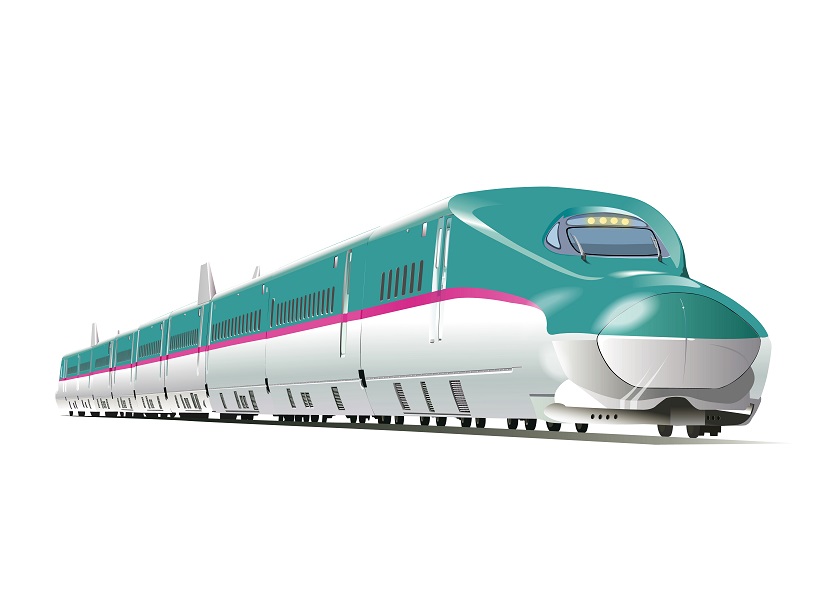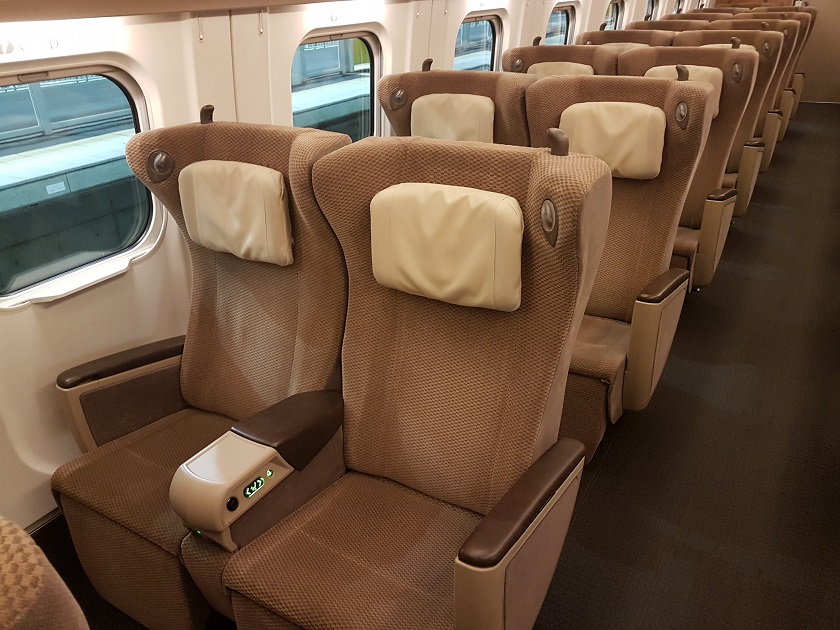The Hokkaido Shinkansen is the newest Shinkansen line in Japan, starting at Shin-Aomori where it connects to the Tohoku Shinkansen. From there it goes through the Seikan tunnel to Hokkaido. The Hokkaido Shinkansen currently runs up to Shin-Hakodate-Hokuto station with future service planned to Sapporo by 2030. The Hokkaido Shinkansen is covered by the JR Pass.
Table of contents:
Brief history of the Hokkaido Shinkansen
Plans for the Hokkaido (北海道) Shinkansen had been proposed in the early 1970’s, back then the Japanese economy was booming, the Tokaido Shinkansen had recently been opened and money was flowing everywhere. Two plans for the Hokkaido Shinkansen were proposed, one going North of Sapporo and one East, with stations mentioned as far as Wakkanai and Nemuro.
Since the 1990’s Japan’s economy took a downturn and development of the Hokkaido Shinkansen was delayed. Finally, on March 26th 2016 the Hokkaido Shinkansen opened, reducing the travel time from Tokyo to Hokkaido from 7 hours to only a little over 4 hours.
The Hokkaido Shinkansen has become a modern feat of engineering by letting bullet trains run through the Seikan Tunnel, which connects mainland Japan to Hokkaido and is also the first time that the Shinkansen bullet trains run under the sea.Train services on the Hokkaido Shinkansen

The Hayabusa Shinkansen on the Hokkaido Shinkansen
There are two train services on the Hokkaido Shinkansen. These are:
Hayabusa
The Hayabusa Shinkansen service is the fastest Shinkansen on the Hokkaido Shinkansen and the fastest Shinkansen service in Japan, reaching speeds up to 320km/h (scheduled to be upped to 360km/h by 2022). The Hayabusa only stops at the most important stations on the route, such as Sendai and Morioka on the Tohoku line. Then, the Hayabusa continues service after Shin-Aomori on the Hokkaido Shinkansen line to Hakodate.
Hayate
Only slightly slower than the Hayabusa Shinkansen, the Hayate Shinkansen stops at all major stations between Tokyo and Shin-Aomori. A small amount of Hayate services also continue to Hakodate on the Hokkaido Shinkansen line.
Can I use the JR Pass on the Hokkaido Shinkansen?
The JR Pass is valid on the entire Hokkaido Shinkansen and can be used on both the Hayabusa and Hayate train services. It offers very good value going on this route, for instance a one way ticket Tokyo – Sapporo is ¥ 27,760, that’s almost the cost of a full 7-day JR Pass.
Additionally, the JR East – South Hokkaido Pass covers the JR Pass and includes travel all the way between Tokyo and Sapporo.Green Class on the Hokkaido Shinkansen

Green class (or 1st Class) carriages are available on all Hokkaido Shinkansen trains. Trains operate a 2×2 seating plan in Green Class, while ordinary cars operate a 3×2 seating plan. Green seats come with extra comfort, reclining and space. It is also a lot quieter and a good way to escape from the travelling crowds on busy days. In addition to Green Class, the more luxurious Gran Class is also available.Future of the Hokkaido Shinkansen
The future of the Hokkaido Shinkansen looks promising, progress is well underway to connect Tokyo to Sapporo directly in under four hours. Making this a reality is still a decade away but once the Hokkaido Shinkansen is completed, it will make access to Hokkaido a lot easier, increase ridership and will have a much lower carbon footprint than flying.WiFi on the Hokkaido Shinkansen
JR East and JR Hokkaido are introducing free WiFi on the Hokkaido Shinkansen to keep passengers connected to the internet. The full roll-out is expected to be completed before the Olympics in 2020. Service however remains limited to open areas and will not work in tunnels, like the Seikan tunnel.
Should you wish to make use of unlimited WiFi with a guaranteed connection, then we recommend using a Pocket WiFi in Japan which can be connected to any WiFi capable device.



